Driving E-Mobility
Strategies, structures, and processes for your E-Mobility future
The world of electric vehicles is taking shape. Legal requirements to reduce carbon emissions, a globally - growing demand for transport, and growing environmental awareness are leading to a continuously greater role of E-Mobility in the strategies of automotive manufacturers and suppliers.
The automotive industry had more than 100 years to develop structures and processes for the production of vehicles with a combustion engine. It must now transform rapidly and integrate new E-Mobility technology into existing structures. There are numerous challenges to this, and OEMs and suppliers must find solutions to them as quickly as possible.
Manufacturers are seeking to develop and maintain:
- Efficient production systems that are flexible, seamlessly switching between different vehicle types
- Robust logistics systems that satisfy all the requirements of an E-Mobility site and, where relevant, include concepts for transporting and handling high-voltage (HV) batteries
- Future-oriented strategies for expanding or rebuilding existing production sites and keeping them in good condition
- Sophisticated processes that are efficient while simultaneously ensuring flexibility
- Effective action plans to guarantee high quality standards and a robust restart, including to acquaint new suppliers with no previous industry experience, such as battery-cell manufacturers, with the quality standards of the automotive industry
We design the E-Mobility Future with you
Our consultants have been assisting manufacturers and suppliers in the automotive industry with designing their journey toward E-Mobility for years, across the strategy-planning, process and organizational design, and operational execution level. In this time, we have taken proven processes and methods from classic car making and adapted them to the special requirements of E-Mobility. By doing this, we have created standards that we can adjust with speed and flexibility for client projects.
We cover all relevant areas needed for a successful E-Mobility future:
Our E-Mobility Services
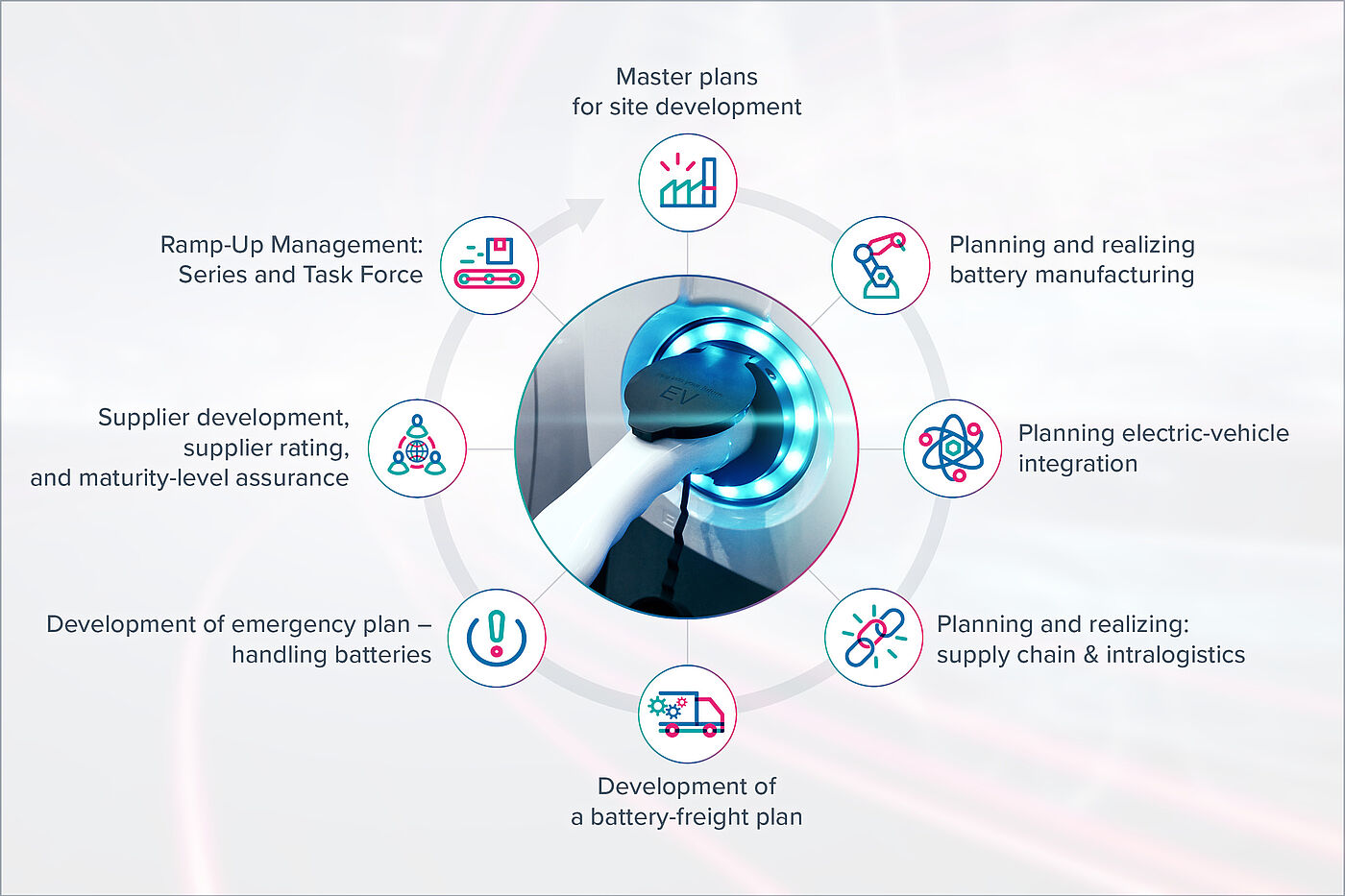

Master Plans for Site Development
A key challenge in the development of a site is incorporating an overarching strategy and evaluating the possibilities beyond it. Actions are frequently defined for individual factories based on current needs, instead of a long-term, overall strategy and on the expected technological developments. A site’s potential – be it in new factory buildings, expansions, or modernizations – are rarely fully utilized
Like in other sectors, companies in E-Mobility profit from having an overarching master plan that considers technological developments relevant for production just as much as it does psychological factors in the workplace. This master plan acts as a road map for the journey to an excellent factory structure and makes it possible to respond dynamically to market demands. Combined with structured change management, it leads to permanent improvements and long-term economical and efficient production.
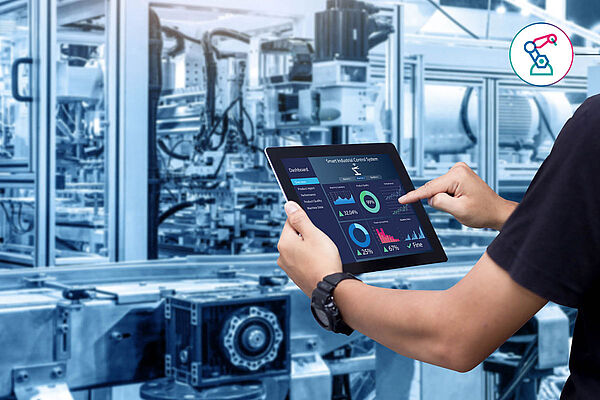
Planning and Realizing Battery Manufacturing
Germany’s Federal Ministry for Economic Affairs and Energy estimates that the battery has a 40 percent share of the value created with an electric car. Given this fact, it is clear that the local production of battery technology offers manufacturers the opportunity to improve their competitive position significantly. However, this requires efficient factories in which all the sections, technologies, and systems involved are perfectly coordinated.
Extensive factory planning is the foundation for this coordination. The focus must be on the overall goal and not just the optimization of individual process steps or areas.
An overall goal requires a targeted definition of the best-possible technical equipment and early integration of all the areas involved in a process. This ensures that the production processes/technologies with the optimum flexibility, efficiency, futureproofing, and simultaneous robustness are planned and subsequently implemented. Only with these qualities can businesses be successful in the age of industry 4.0 and E-Mobility.
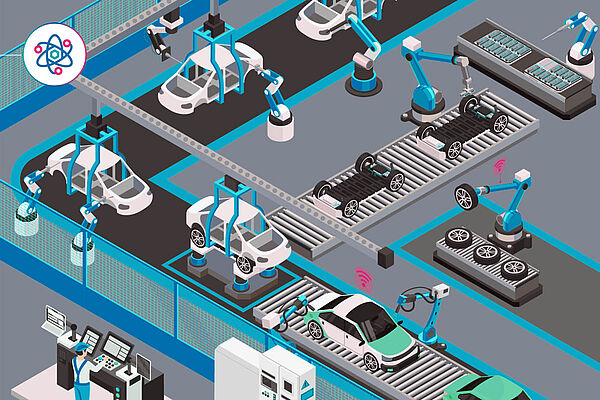
Planning Electric-Vehicle Integration
These days it is in most cases more economical to integrate electric vehicles into existing assembly lines. Such integration makes manufacturers able to respond to customer preferences more quickly and efficiently. To do this, factories must potentially be renovated or re-optimized.
The target is a flexible assembly system where the number of cycles and lines at a production site can easily be adjusted to changing market demands.
Assembling different engine types on the same line requires a great deal of experience.
During client projects, we ourselves first check which sites in the factory have potential for this flexibility. Building on this, we develop an integration and realization plan that suits the strategic direction of the production and factory. In connection with competent reporting and efficient project management, we create the basis needed for the creation of flexible manufacturing structures. We then guide you through the implementation of your plan.
One possibility for making your factory flexible, for example, could be swarm assembly. With this approach developed by our consultants through their vehicle-assembly experience, we combine the benefits of flow and cellular manufacturing. It creates an ultraflexible, efficient assembly system which can manufacture different assemblies and derivatives.
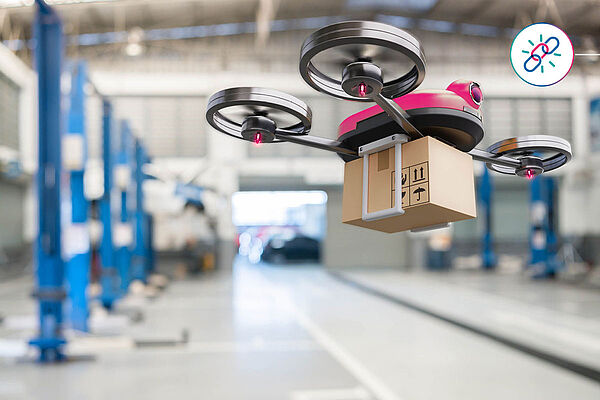
Planning and Realizing Supply Chain & Intralogistics
Efficient logistics is a key success factor for the manufacturing of electric vehicles too. This is relevant for your internal logistics processes, e.g., the planning and management of your material flows. Secondly, you need a robust, efficient supply-chain network in which all cogs move perfectly in time with the others – and this is of critical importance for the production of electric vehicles that meet quality criteria.
The basis for a supply chain like this is a holistic view of your suppliers’ position and performance.
Our experience shows that information platforms that digitally connect all the links in a supply chain have proved themselves in this regard. These platforms act as a central data system in which your partners’ most important figures (e.g., factory-floor data, material flows) can be viewed on a daily or real-time basis. This makes it easier to identify vulnerabilities in your supply chain at an early stage and initiate suitable countermeasures.
Our consultants have successfully designed many projects in intralogistics and supply-chain management in recent years – for both classic carmakers as well as E-Mobility manufacturers. Based on this experience, we have created standards that we adapt with a view to your philosophy and local conditions. Together with you, we look at each assembly part and define the optimal material flow, use the best practices for a mix of robustness and flexibility, and install reporting tools that ensure more transparency in your supply chain. Doing this significantly increases the efficiency of your logistics.

Development of a Battery-Freight Plan
When handling HV batteries, the way they are transported as cargo is exceptionally critical. Suitable processes are needed to deliver batteries to the recipient factory that are ready for installation and have the right level of charge. These processes must:
- Satisfy strict international shipping regulations (e.g., regarding packaging, handling, and conveyance), and
- Be as efficient and streamlined as possible
There are many details to watch out for when designing these types of process landscapes.
Based on our project experience, we have developed standards for this that result in stable battery-transport networks and include such things as state-of-charge planning if the batteries and vehicles are not manufactured at the same site. We adapt these standards to your individual requirements. Together we create a system that satisfies all applicable regulations and ensures hazard-free, cross-border transport between manufacturers, suppliers, and dealers.
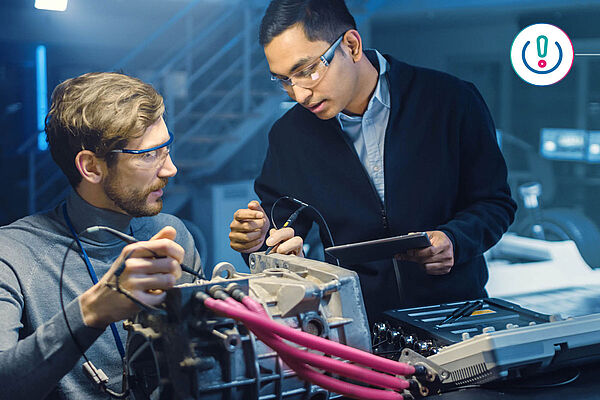
Development of Emergency Plans – Handling Batteries
When handling HV batteries, businesses must observe official requirements and international standards. They concern matters such as the conveyance and storage of batteries as well as dealing with rejects. They demand an extensive damage-response plan that considers all conceivable risk events (e.g., damage to the battery or manufacturing errors) at each stage of production while safeguarding worker safety.
Handling car batteries properly requires documented plans and processes that clearly define how your staff must act in different situations.
In our experience, the best conditions for this are provided in the form of an extensive risk analysis that identifies and assesses all sources of hazards. Building on it, we can then define suitable countermeasures to prevent or mitigate risk, including by allocating clear responsibilities.
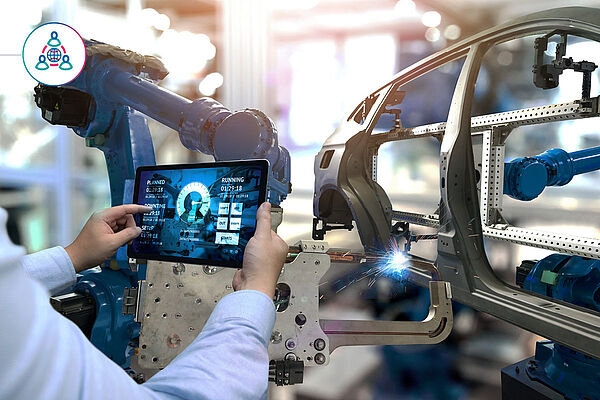
Supplier Development, Supplier Rating, and Maturity-Level Assurance
Weaknesses in your network of suppliers have a direct impact on the quality of your processes and products. That is why supplier management is a key element of your E-Mobility strategy. Your objective is a robust, high-performance supply chain where all value-adding partners meet the requirements to manufacture and deliver products in a quality fit for the customer.
E-Mobility and the increasing use of technology in car making give providers with no previous industry experience an opportunity to take a stake in value creation within the automotive sector. However, many of these newly listed suppliers may not yet be able to satisfy the industry’s quality standards (e.g., quality-management standard IATF 16949). You have two options in this case:
- You can support your suppliers with development measures and improve their performance in a targeted fashion (e.g., with an on-site task force), or
- You can expand your procurement network by adding second sources in critical areas. In this case, you must identify, assess, and industrialize suitable alternatives as soon as possible.
Our consultants have been helping automotive companies improve their supplier network for many years. This includes planning and implementing development measures that guide suppliers toward the applicable quality standards. Secondly, we regularly support clients with our industry experience and our market knowledge to quickly and efficiently identify new suppliers and integrate them into an existing network.
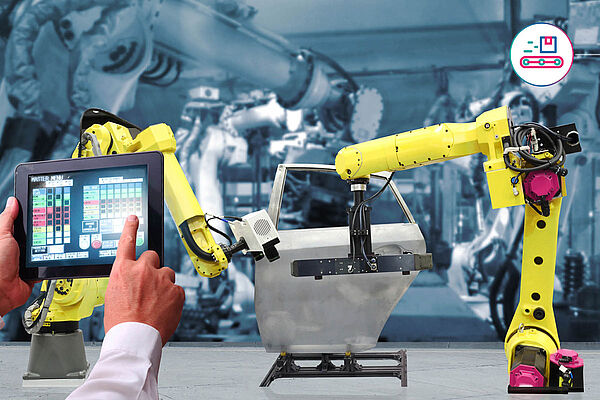
Ramp-Up Management: Series and Task Force
Technological developments and E-Mobility significantly increase the diversity of vehicle models and variants, and the number of series ramp-ups consequently increases. That means manufacturers continuously rely on experienced ramp-up managers who work intensively on a project for multiple months at a time. These resources are often unavailable.
Our consultants have years of up-close experience in ramp-up management within the automotive industry, both in classic car making as well as in E-Mobility. Based on this experience, we have developed standards that we adapt to a project situation quickly and pragmatically. They incorporate all tasks and tools needed for an orderly series ramp-up, from the development of an appropriate ramp-up strategy through to the integration of the construction schedule into production planning.
